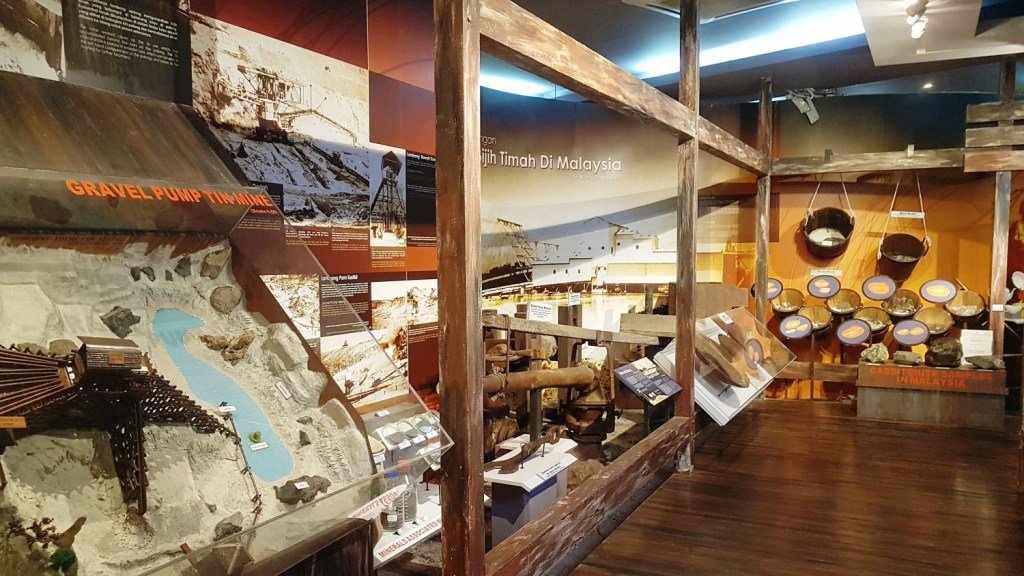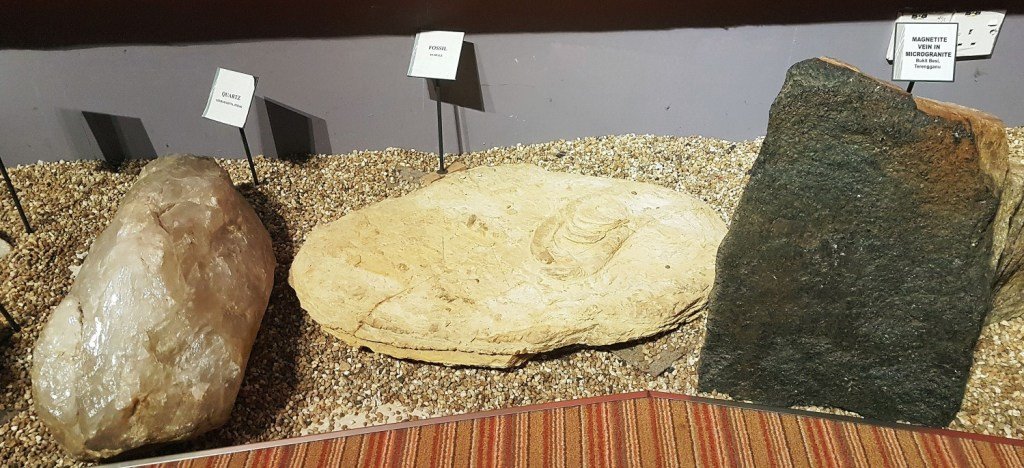Khursheed Dinshaw (India)
The Geology Museum of Ipoh in Malaysia is situated contained in the premises of the Division of Minerals and Geoscience Malaysia (Fig. 1). The museum is an attention-grabbing venue the place you canlearn about each the geology and the geosciences of the nation. The simple to navigate museum was established within the 12 months 1957. It’s divided into seven galleries, all of whichare situated on the bottom ground (Figs. 2, 3 and 4). And theynarrate the geology of Earth, emphasising the significance of geology to the human race.


There’s a formidable assortment of fossils, minerals and rocks. There’s additionally a gallery showcasing samples of tin ore (Cassiterite), which have been collected from the varied tin fields of the nation.


I significantly appreciated the amber exhibit (Fig. 5), which is a part of the most important piece of amber ever discovered on this planet. Its age dates to Miocene to about 20 million years in the past.The unique piece was excavated from a coal mine in the Kapit Division of the state of Sarawak in Malaysia. Embedded in coal,it weighed 70kg and was divided into three sections, with each section being almost equal in size. While the amber piece in the Geology Museum of Ipoh continues to attract and educate visitors, the other two pieces can be viewed at the Geological Museum in Kuching in Malaysia and the Stuttgart Museum in Germany.


The precious and semi-precious gemstones exhibited in the museum have been curated from not just Malaysia but all over the world (Fig. 6). This gallery has displaysabout synthetic and artificial gemstones.The gallery on minerals is an informative section detailingvarious minerals and their uses in our daily life (Figs. 7, 8, 9, 10 and 11). Be it in constructing buildings, developing nutritional supplements, toothpaste, fertilisersorpaints, or in gems used in the jewelleryindustry and in the manufacturing of utensils, minerals are omnipresent.



The section also gives the mineral classification, be it silicate, sulphate, oxide, phosphate, carbonate, sulphide, elementalororganic. The gallery also provides information on the physical properties of minerals, which is particularly beneficial for children studying about them.


The section on rocks details what rocks are and their types (Fig. 12). Malaysia also has a rich repository of fossils and most of these can be found as shells of marine invertebrates. The sedimentary rocks of the country have preserved fossils dating from various ages starting from 540 million years ago (Figs. 13 and 14). There are also exhibits of petrified wood and pseudo-fossils.
| Some tips about visiting the museum |
|---|
| There is no entry fee. The Geology Museum is open from Monday to Thursday from 9.00am to 12.00 noon, and from 2.30pm to 4.30pm. On Friday, it is open from 9.00am to 12.00 noon, and from 03.00pm to 4.30pm. The museum is closedon Saturday and Sunday. |



All photographs are by Khursheed Dinshaw.
Trending Products










